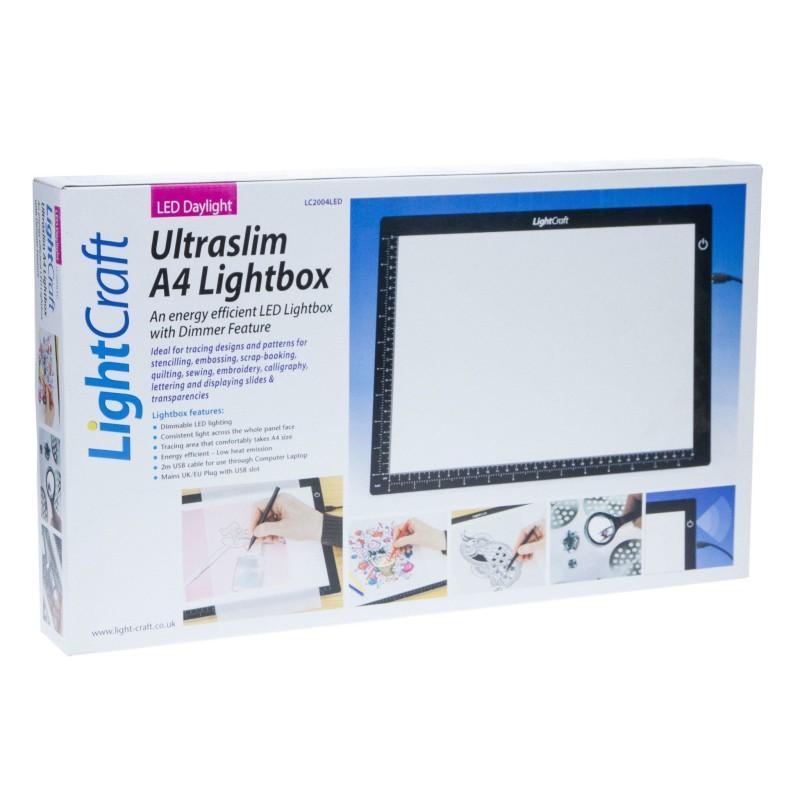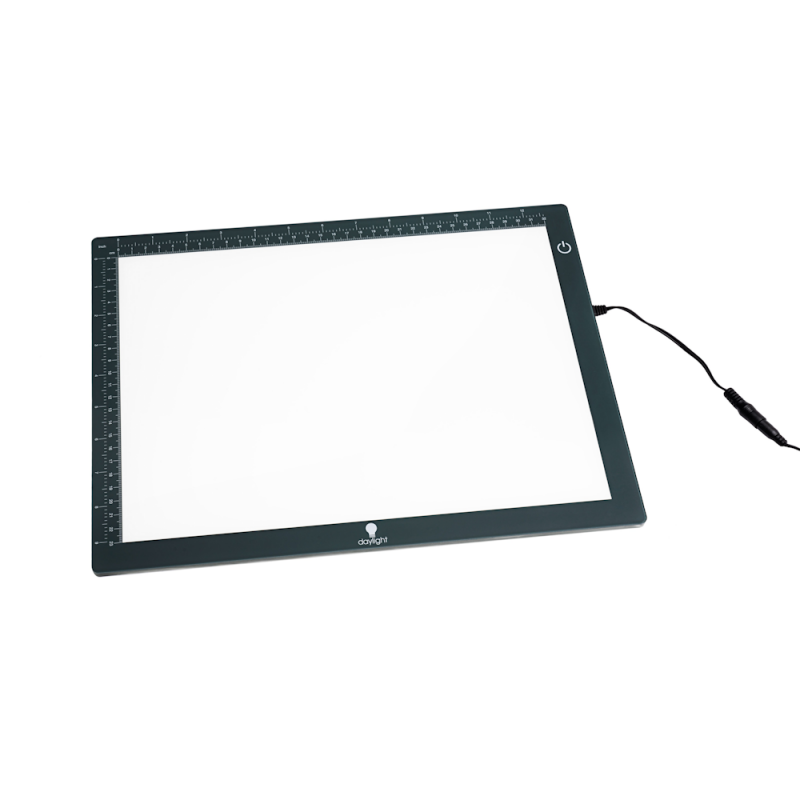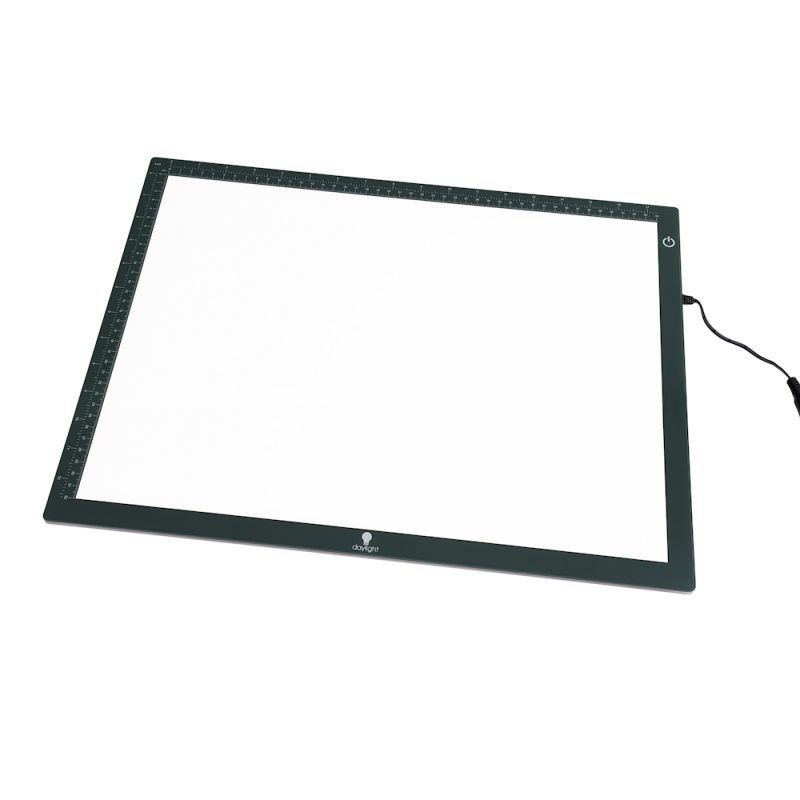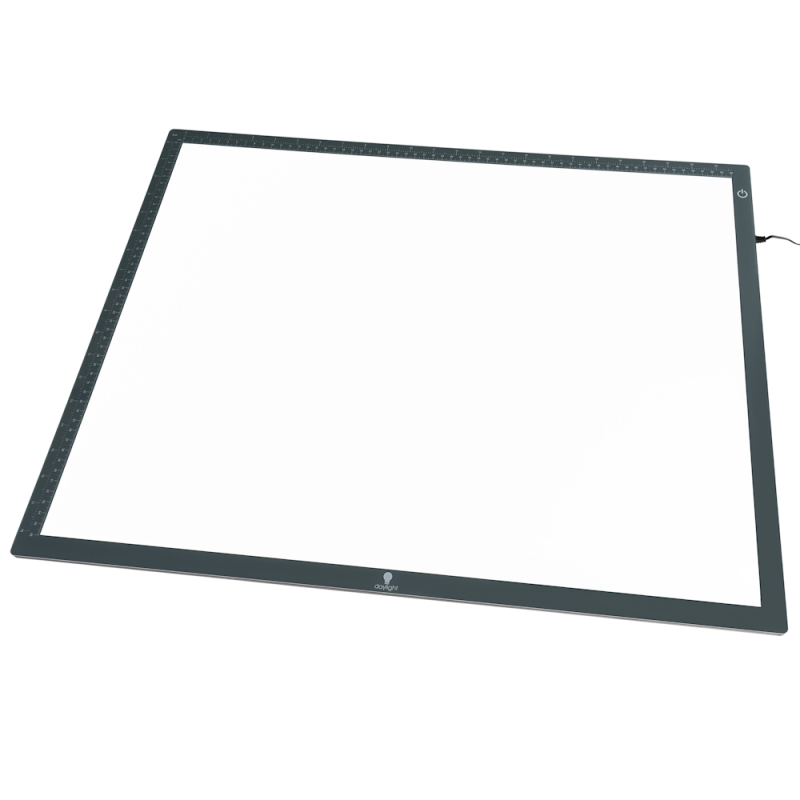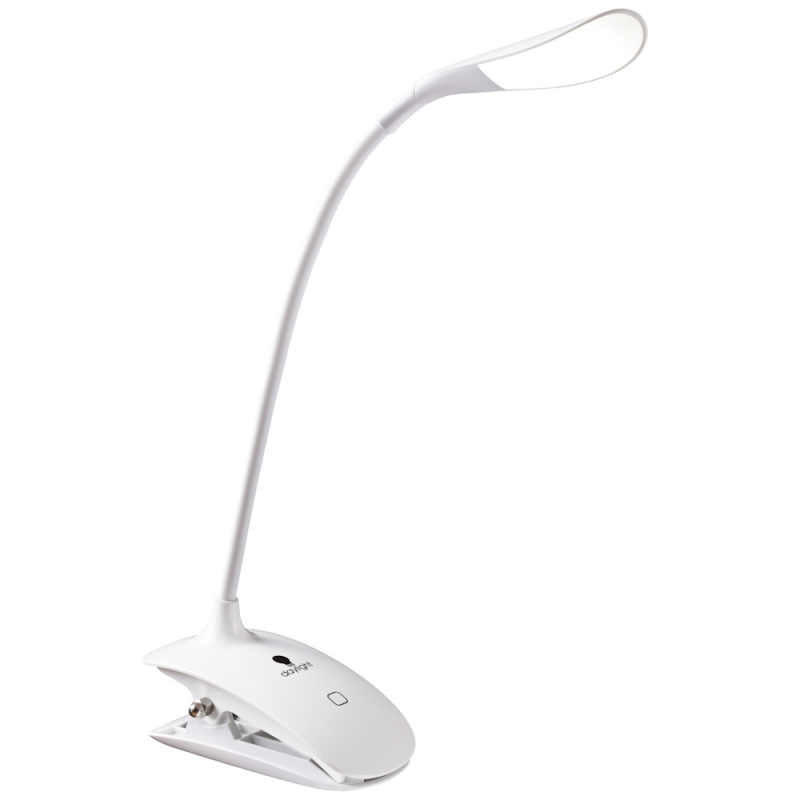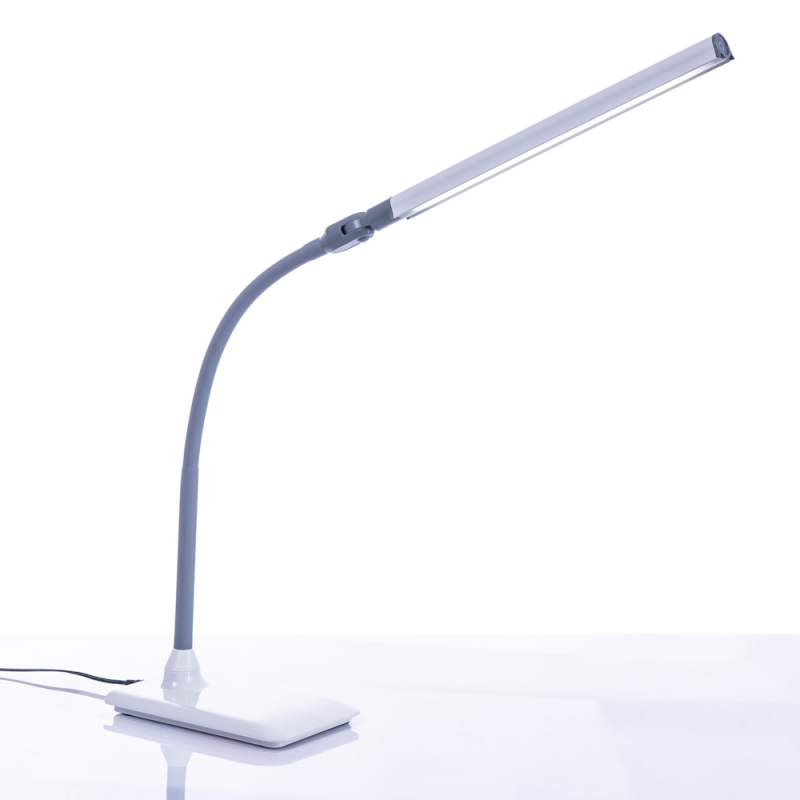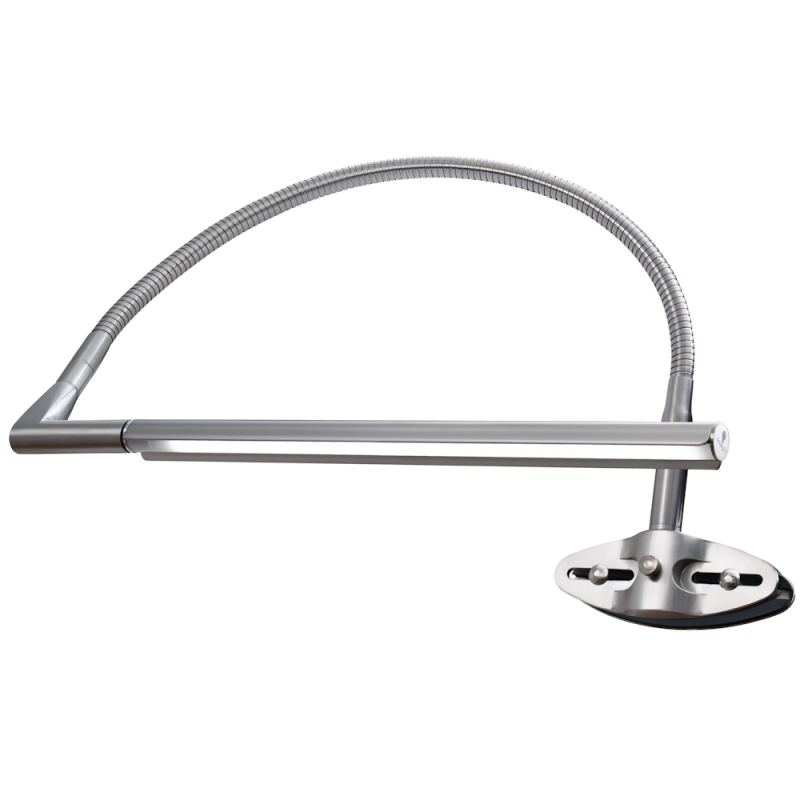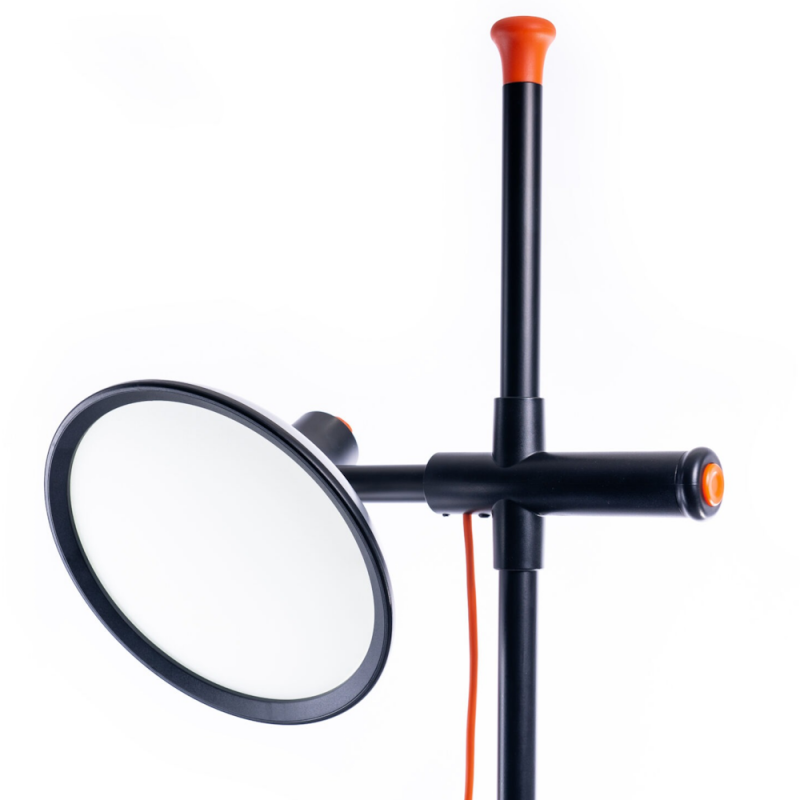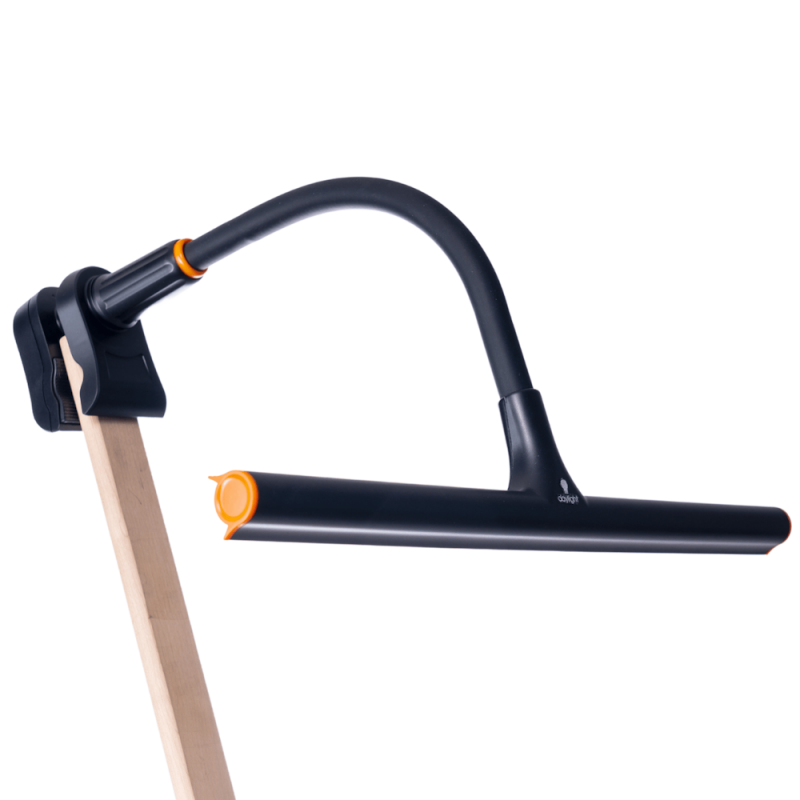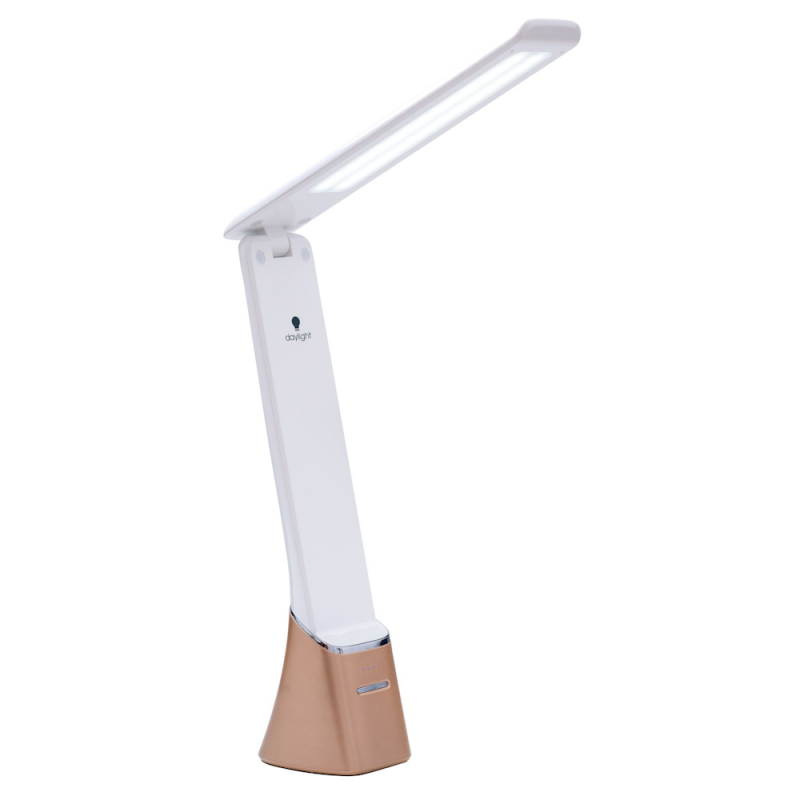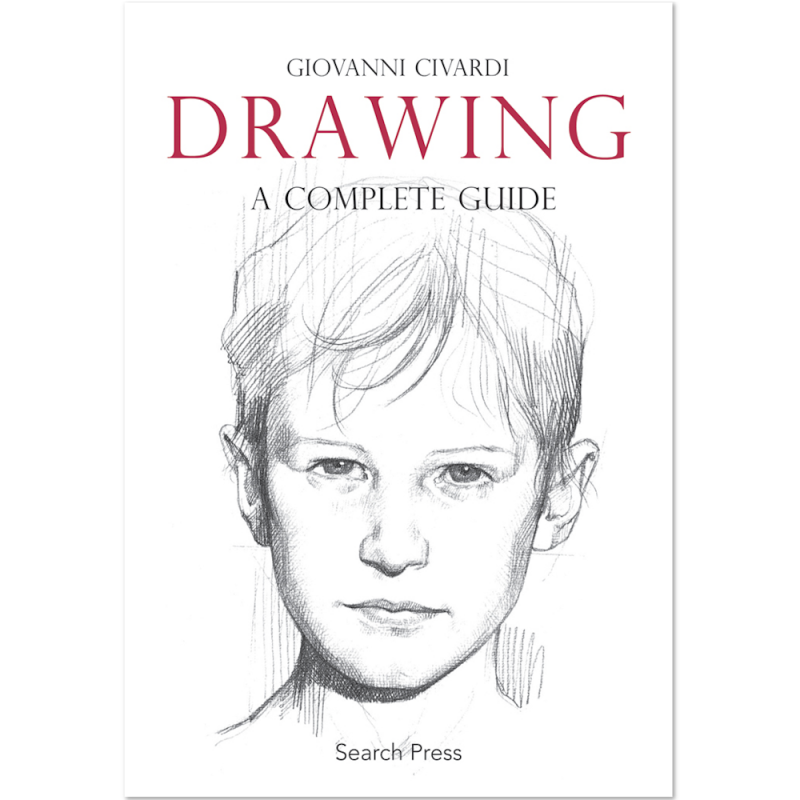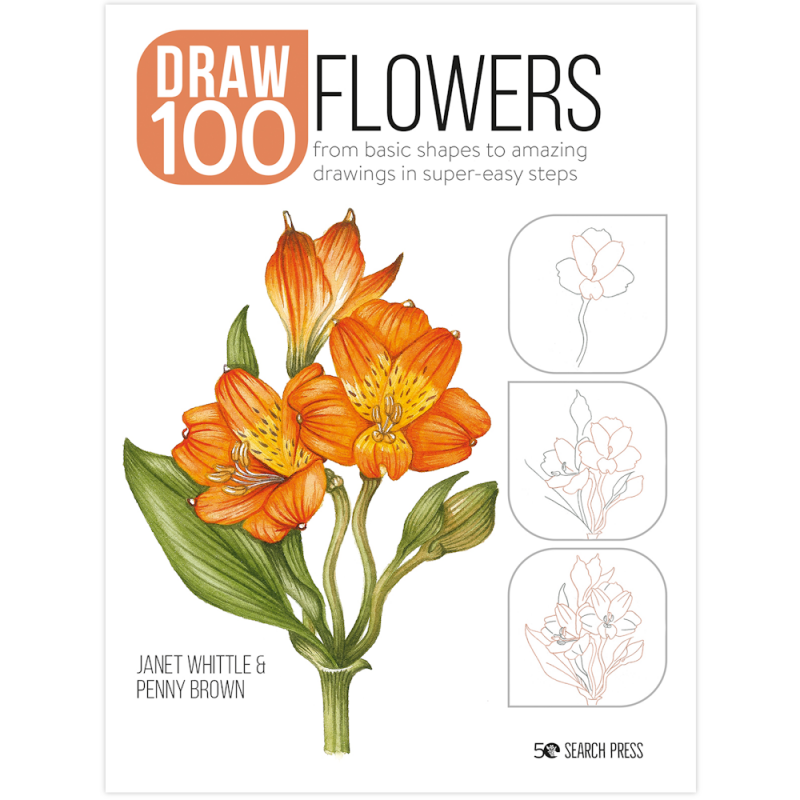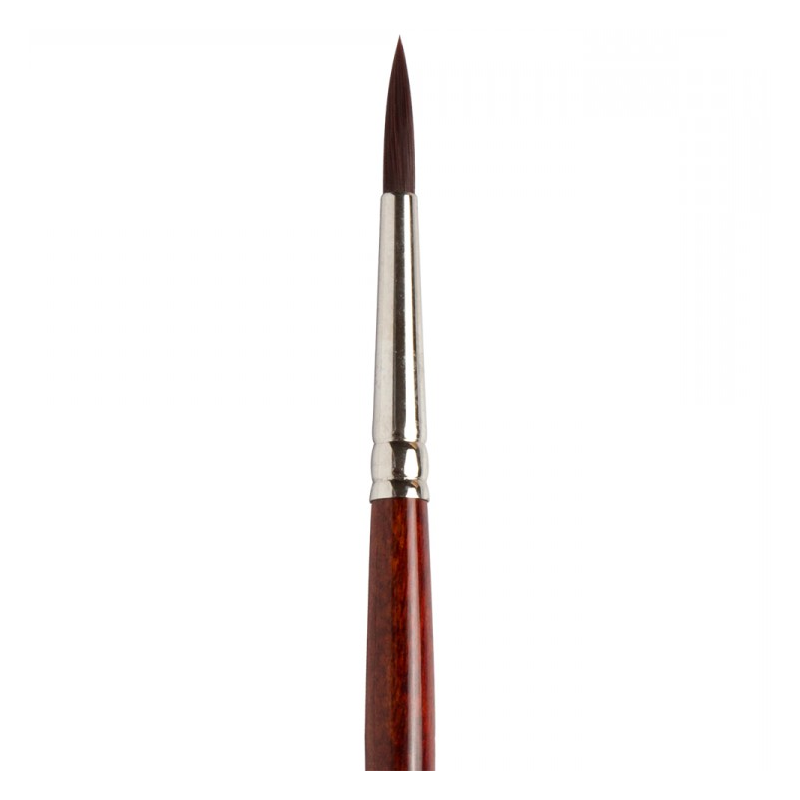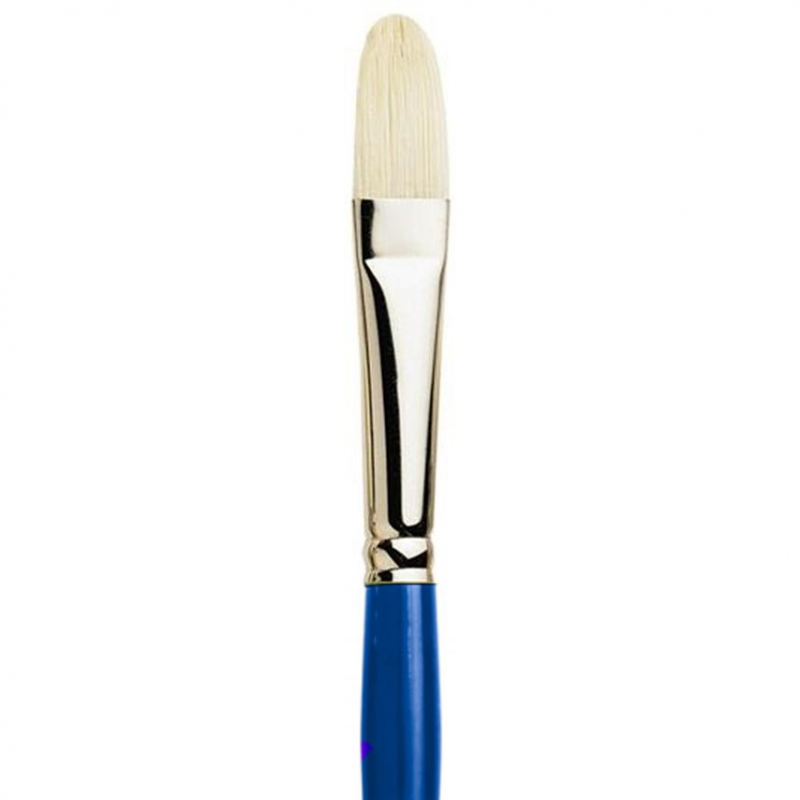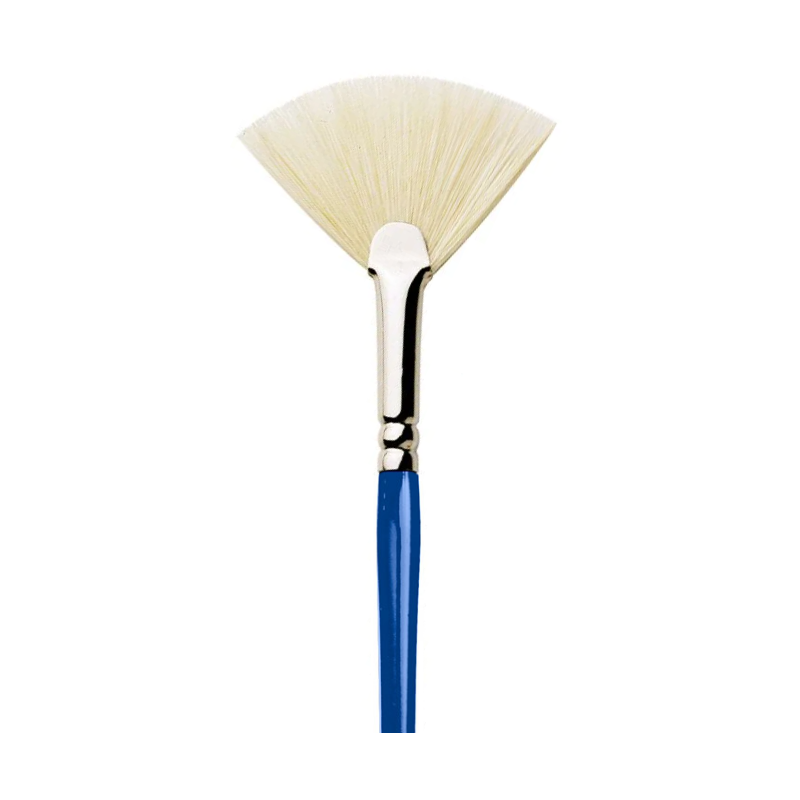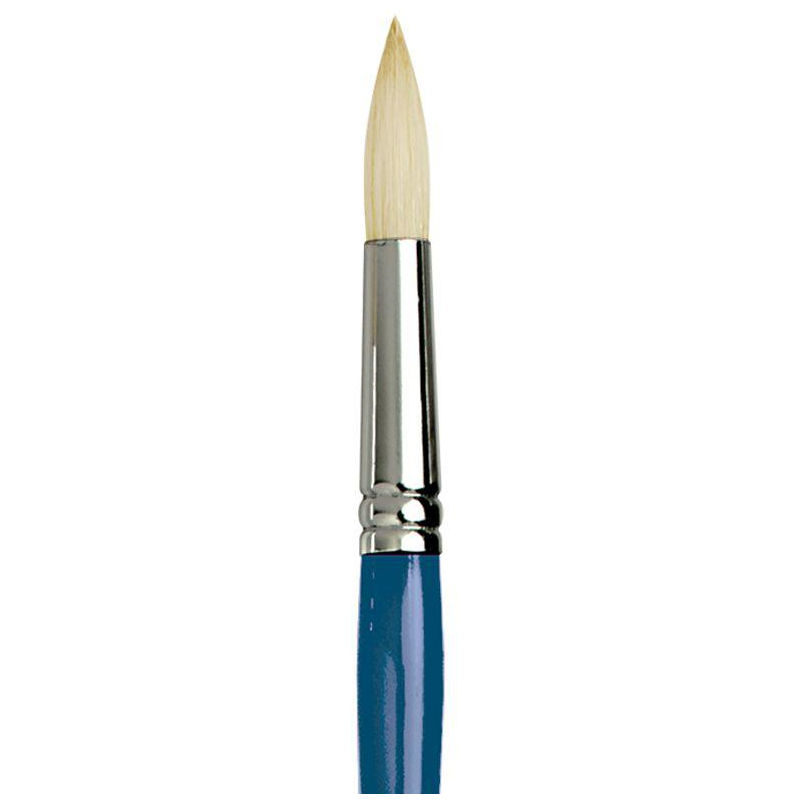Pro Arte - Series C Hog Filbert Brush Size 6
Bristles: Hog
Sizes: 7
Sold Individually
Flat, rounded ends
Long, hog bristles
Seamless nickel ferrules
Medium size blue, lacquered handles
Modestly priced
The right choice of paintbrush is essential for artists wanting to create the finest results in their artwork. An artist's paintbrush is comprised of four parts: bristles, ferrule, crimp and handle. The bristles are the hair on the brush, and may be natural, synthetic or a combination of the two.
The ferrule is the metal joining the bristles to the handle, and the crimp is the part of the ferrule where it is secured to the handle. The handle is the area of the paintbrush the artist holds, and is usually made of wood or acrylic. The size and shape of the bristles determine the effect and style each type of paintbrush can achieve. A wide, flat brush is designed for painting large areas, whereas a small, tapered brush is ideal for fine, detailed work.
What is a filbert brush?
A filbert brush is easily recognisable by its flattened ferrule and bristles, which are trimmed to form a rounded head.
When should a filbert brush be used?
A filbert brush combines the merits of both round and flat brushes. The flat, rounded end makes a similar stroke as a flat brush, but leaves a much smoother edge. With the ability to produce the same detailed work as a round brush, a filbert brush is also ideal for blending.
Which are best, hog or synthetic brushes?
Hog and synthetic brushes have different qualities which should be taken into account, alongside the desired effect the artist wishes to create. Hog bristles have long been used in the manufacture of paintbrushes, as they are extremely resilient and flexible. Each individual bristle has a broad, sturdy base and a tapered tip, which splits into several fine filaments, giving an excellent capacity for holding paint. The stiffness of hog bristles provides good flow and texture, ease of blending, and ensures even application.
Synthetic brushes are particularly suitable for paint that has been diluted, with either water or solvent, as the hairs remain strong and durable. Synthetic hairs give a much softer, less textured effect, enabling the artist to create fine detail if required.
Why use a Pro Arte Series C Studio Hog brush?
A modestly priced range, Pro Arte Series C Studio Hog brushes are particularly suitable for student painters. Available in three distinct shapes: Filbert, Round, and Flat, and in sizes: 0-2-4-6-8-10-12. Pro Arte Series C also features a Hog Fan brush, available in sizes Small, Medium and Large.
What do the size numbers mean?
The size of a brush is indicated by a number printed on the handle, and refers to the width of the ferrule. A higher number means a wider brush. It should be noted that consistency between brush manufacturers, when calculating brush size, can vary. Therefore, a size 10 brush in one brand may not be the same as a size 10 in another brand. In some instances, there may also be size variations between a manufacturer's different ranges.
How should I care for my Pro Arte Series C Studio Hog brush?
It is important to clean brushes thoroughly to prevent bristles losing their interlocking quality, and standing apart. Particular attention should be paid to the edge of the ferrule, where dried paint can become embedded, and result in bristle breakage.
The methods for cleaning brushes differ, depending on the type of paint used. The following videos show how to clean brushes according to the paint used:
Cleaning Acrylic Paint Brushes
Cleaning Oil Paint Brushes*
*Pro Arte advise using white spirit or turpentine to clean oil paint brushes not thinners, as used in this video.
To help preserve the condition of the bristles, a specialist brush cleaner may also be used.
When storing hog brushes for any length of time, care should be taken to ensure they are clean and absolutely dry, to prevent mildew developing. Keeping hog brushes in a box, with a tight-fitting lid, guards against both mildew and moth damage.
What are the best paints to use with a Pro Arte Series C Studio Hog Filbert Brush?
Filbert hog brushes are mostly used with oil and acrylic paints. They may also be used with thick glues, when crafting. Hog bristles do not absorb water, making them unsuitable for use with water colour paint or ink.
What strokes are produced with filbert brushes?
Click here to see how filbert brush strokes compare with other brush types.
Who are Pro Arte?
Pro Arte was founded in 1973 by Ron Thompson, an artist with aspirations to make and sell the best brushes in the world. During the mid-Eighties, the company investigated the possibility of a synthetic alternative to sable hair. This developed into the implementation of polyester filaments, and the eventual production of their groundbreaking Prolene range of brushes.
Further developments led to the creation of Pro Arte's Connoisseur collection, brushes with a mix of synthetic and sable hair, and their Acrylix range. Originally d
